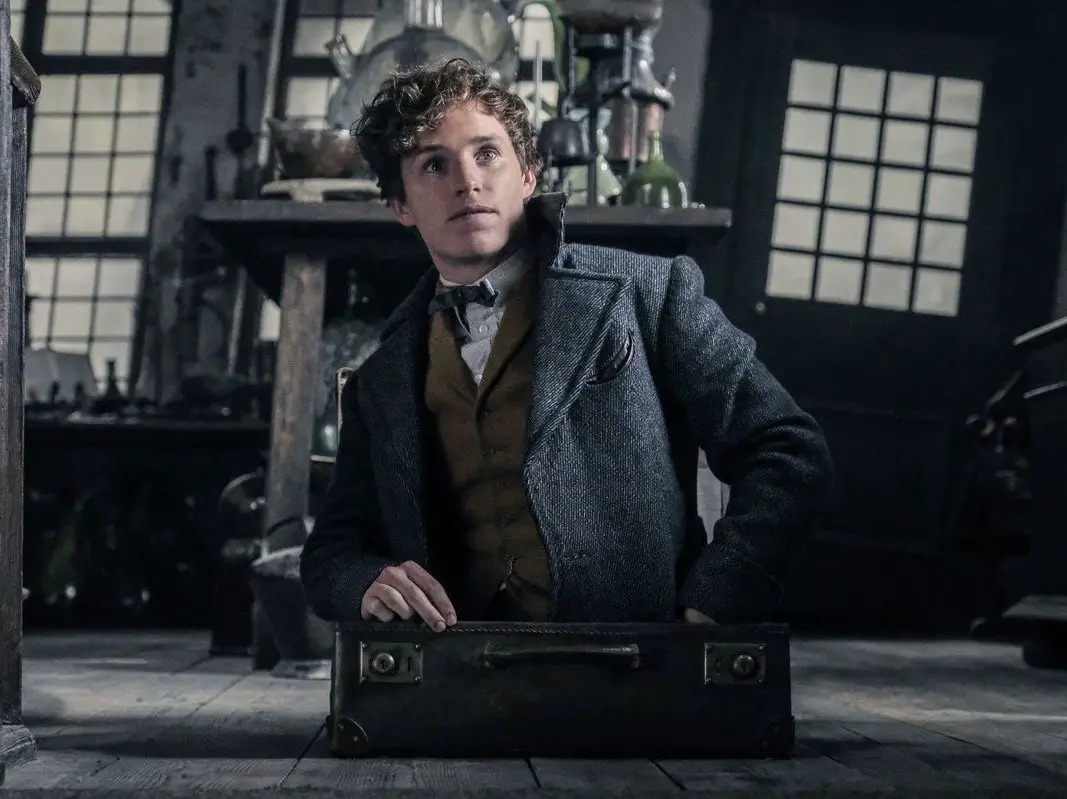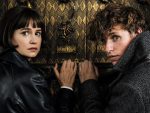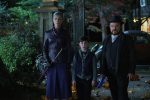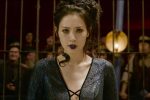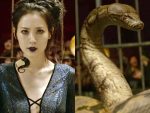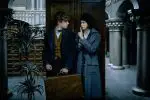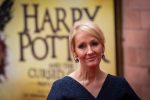The release of J.K. Rowling’s most recent movie — and sequel to the former — “Fantastic Beasts: The Crimes of Grindelwald” has received much praise, as “Harry Potter” fans everywhere have yearned for the return of Rowling’s magical world. The 53-year-old author has taken the opportunity to flesh out some of the history her characters allude to in the original “Harry Potter” series, such as Albus Dumbledore’s past, his relationship to the infamous Grindelwald and the war between muggles and wizards.
While watching the sequel to the former “Fantastic Beasts and Where to Find Them,” I found myself excited and impressed at how perfectly the story seemed to align with details from the original series, which I’ve read more times than I’m willing to admit. A worry among “Harry Potter” fans when rumor of the “Fantastic Beasts” movie was going to be released was that it would somehow corrupt the original series by stretching it further than it had been meant to, like the “Star Wars” series, or the infinite number of “Spider-Man’s” that are still being made. However, Rowling has proven all us mere muggles silly for thinking such thoughts, as the “Fantastic Beasts” movies have remained just as magical as her original series. However, there is a catch.
First, Rowling incorporated a major element in both of the “Fantastic Beasts” movies: the Obscurial possessing Credence, one of the films’ main characters. The Obscurial is explained to be an entity that forms from the repression of a witch or wizard’s magic, oftentimes as the result of abuse. Credence’s, for example, formed as a result of the abuse he suffered from his mother who continuously beat him and his siblings, ingraining in their minds that they should hate witches, wizards and anything “magical.” By internalizing and repressing his inherent magical capabilities, Credence created an Obscurial so powerful and full of rage, it could destroy the entirety of New York and kill anyone it its path.
This ties back perfectly to the seventh book of the “Harry Potter” series, “Harry Potter and the Deathly Hallows,” as it explains the mysterious allusion to one of Dumbledore’s siblings, Ariana, and her background. As told by Dumbledore’s brother, Aberforth, in “Deathly Hallows,” Ariana was caught practicing magic by a group of three muggle boys, who tried to force her to do her tricks again. When she didn’t, Rowling ambiguously explains that they did something so terrible to her that she suppressed her magic and refused to practice after the incident. Aberforth explains, “…it turned inwards and drove her mad, it exploded out of her when she couldn’t control it, and at times she was strange and dangerous. But mostly she was sweet, and scared, and harmless.”
Sound familiar? It seems there is a parallel between Ariana and Credence, that perhaps Ariana had a minor form of the entity Credence created, as a result of the traumatic events that they both experienced, which forced them to internalize and hide their magic within themselves. Not only does this detail help explain an ambiguous, but important event in the original “Harry Potter” storyline, but it ties the two series together nicely, reassuring “Harry Potter” fans that this series would prove just as magical as the original.
Where the catch comes in, however, is at the very end of the new “Fantastic Beasts” movie.
Near the conclusion of the film, Grindelwald accompanies Credence in the study they have escaped to, interrupting Credence’s deliberation as to whether or not he has done the right thing in aligning with Grindelwald. Knowing that Credence’s utmost desire in life is to discover who his real family is, Rowling ends the film with Grindelwald sharing the plot twist of the century: that Credence is the brother of Albus Dumbledore. He tells him of the family legend that a phoenix will always come to a Dumbledore in need, as he transforms Credence’s baby bird into a fiery phoenix, connecting Credence’s ancestry to Dumbledore himself.
While this gave the film a massive plot twist and hook, the immediate concern I had — and have been trying to piece together — is the fact that Dumbledore’s family is thoroughly discussed in “Deathly Hollows” of the “Harry Potter” series, and he is said originally by Rowling to only have two siblings: his late sister, Ariana, and his brother, Aberforth. Nowhere in the series does Rowling mention Dumbledore having a mysterious second brother.
There is the possibility that this is just another deceptive strategy Grindelwald is using to solidify Credence’s alliance to him and get close to Dumbledore, his arch nemesis and the main force threatening his revolution. Perhaps Grindelwald knew that the only way Credence would listen to him and devote himself to his cause is if he gave him the answers he was seeking, whether they were true or not. This would also be a convenient way to use Credence’s power to get close to Dumbledore so that he could ultimately destroy him and enslave the muggle world.
However, if Rowling stays committed to the assertion that Credence is in fact a long-lost brother of the Dumbledores, she will have to invent an explanation as to why he is absent in the “Harry Potter” series. Should she do this, it could change “Harry Potter” fans’ vision of Dumbledore altogether, depending on her explanation as to why Dumbledore and Credence’s relationship is seemingly nonexistent.
Either way, this is a fascinating way to leave fans craving more explanation in the following sequel. May the magical world of witchcraft and wizardry live on.


